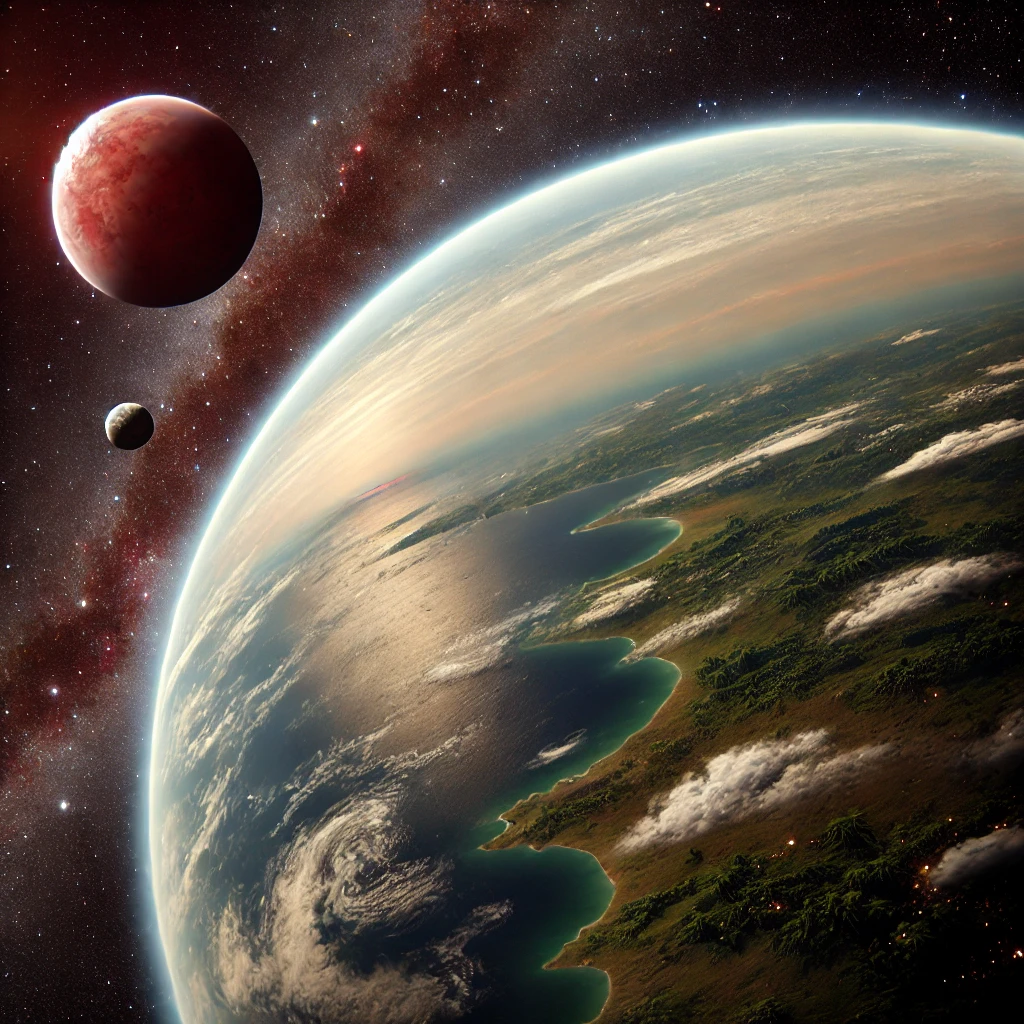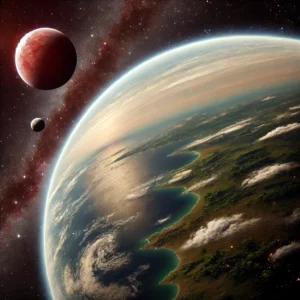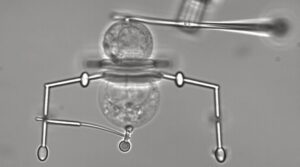Astronomers announced the discovery of TOI-715 b, a potentially habitable “super-Earth” orbiting a nearby red dwarf star just 137 light-years away. This Earth-like planet, found using NASA’s TESS (Transiting Exoplanet Survey Satellite), sits within the star’s habitable zone, where liquid water could exist. With a radius 1.5 times that of Earth, TOI-715 b is a prime candidate for further study by the James Webb Space Telescope (JWST) to analyze its atmosphere for signs of life-supporting conditions.
What makes this discovery exciting is the planet’s short orbital period—just 19 days—due to its close proximity to its cool host star. Red dwarfs are the most common stars in our galaxy, and finding rocky worlds in their habitable zones boosts the chances of discovering life beyond our solar system. Future observations will determine if TOI-715 b has a thick atmosphere or even traces of water vapor, bringing us one step closer to answering the age-old question: Are we alone in the universe?




